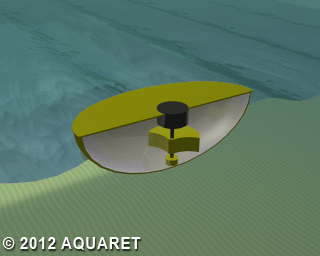Wave Energy
With an estimated worldwide potential in the order of 1000-1500 TWh/year, waves are amongst the highest energy dense renewable resource. Waves are a result of wind and ocean interactions, that lead to generation of local waves which tent to be amplified as they propagate. Wave energy has the advantage of being predictable and less volatile compared to some of the other renewable energy sources.
The energy transition and aversion of severe climate change effects, will require a multi-generation approach of renewable energies. With the diverse spatial abundance and untapped potential of the Seas, wave energy will be a technological solution that will contribute in the decarbonisation efforts.
Dr. Alessandro Antonini
Technologies
Since the early 1799 wave energy converters have been thought of. It was not until 1973 that the technology started its uptake. To date, the global research community and centres have developed different innovative converters, with different characteristics and deployment suitability. All, however strive to create sustainable solutions and build the energy transition on the pillars of renewable energy. A suitable way to classify the different approaches in converter innovation, is using their operating principles (see below:)
Attenuators
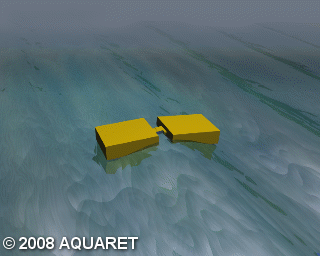
Oscillating Water Column
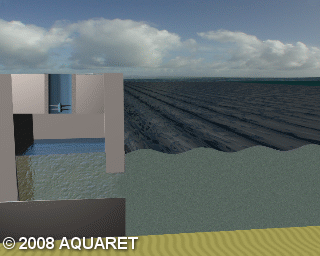
Surge
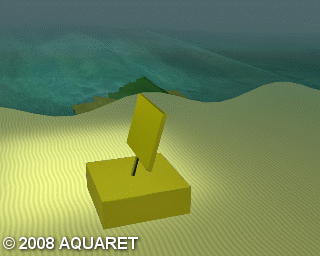
Point Absorbers
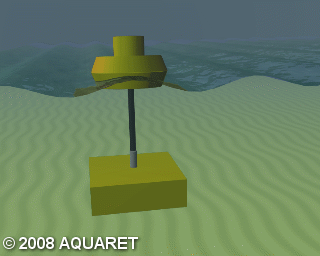
Overtopping

Pressure Differential
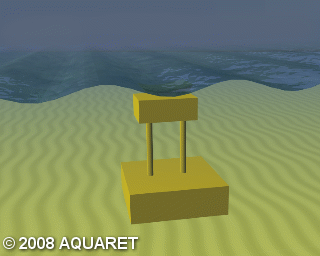
Bulge

Rotating Mass
